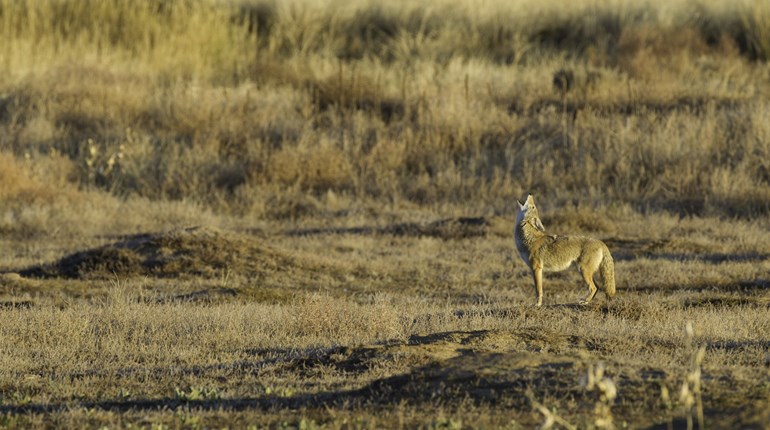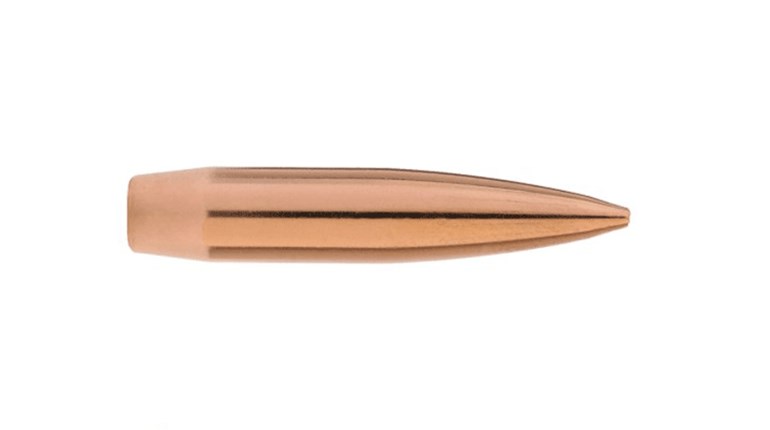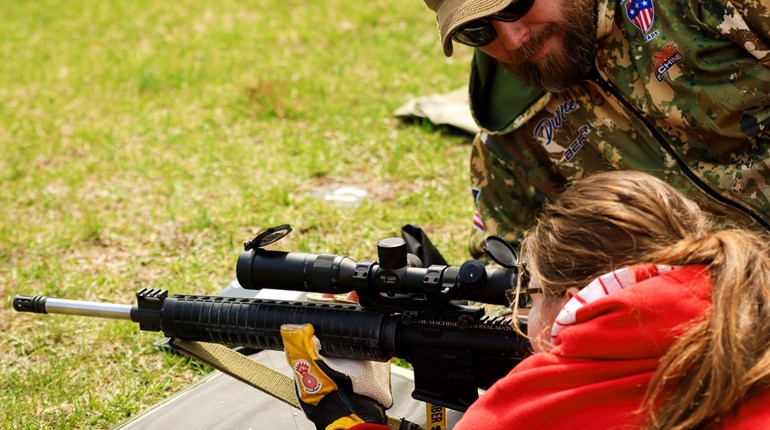
Ah, the Eastern coyote. Unlike their Western cousins, Eastern coyotes usually have a significant portion of feral dog and red wolf DNA, meaning they are larger and often more aggressive. These canids have been fantastically successful, even in very urban environments. (There's a pack of coyotes in Rock Creek Park, 3 miles from downtown D.C., that has been there for nearly 20 years!) So if you're hearing a lot of howling and yipping at night, the neighbor's dog may not be to blame. But are they howling more at full moons? The answer might surprise you.
Typically, each month offers one full moon that illuminates the night sky and casts out the dark shadows where nocturnal creatures may lurk. It’s not uncommon for an animal’s behavior to be influenced by lunar cycles, so it seems like a no-brainer that coyotes howl at the moon. But as it so often turns out, the "obvious" answer is wrong.
Let’s start with why coyotes howl. People often think coyotes howl to announce a kill. This is not true. After all, why would a coyote want to draw attention to itself and potentially lose their meal to a nearby competitor? Coyotes howl primarily to communicate with other coyotes. This includes howling at members of their family within their territory or howling to defend their territory from intruders. During the summer, they’ll even howl to practice with the pups from that year’s litter. Coyotes can also be heard using barks, yips, growls, whines, and huffs.
While mythical werewolves are rumored to howl at the moon, coyotes don’t howl more frequently during a full moon. Interestingly, research suggests that groups of coyotes howl more on evenings with less moonlight, again to defend their territory or to communicate with other family members.
Simply hearing or seeing a coyote in your neighborhood is not a cause for concern. However, you should take a few important steps to effectively coexist with coyotes.
- Remove food sources: Remove or secure all human-associated food sources, including bird feeders, unsecured trash, open compost, outdoor pet food, fallen fruit from trees, and overripe garden vegetables. Never intentionally feed wildlife.
- Protect pets: Directly supervise and leash pets whenever they are outside. It’s the presence of the person on the end of the leash that prevents an attack.
- Haze coyotes: Hazing is a technique used to deter an animal from an area or change its behavior. You can haze a coyote by waving your arms or clapping while walking toward the coyote, making loud noises by yelling or using an air horn, spraying a hose, or throwing small objects, like tennis balls, in the coyote’s direction.




































